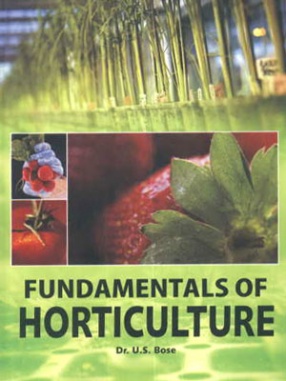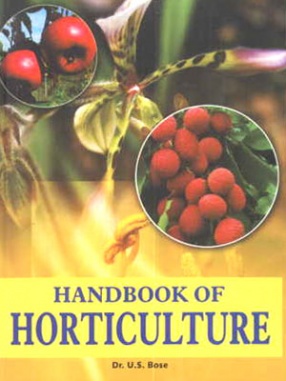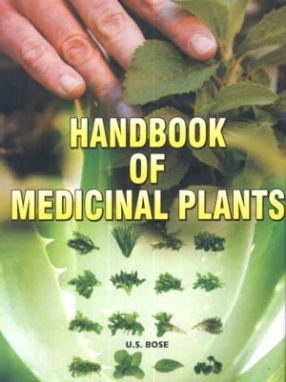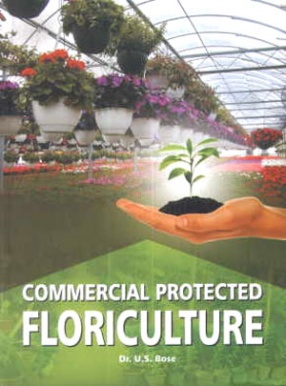
Showing all 4 books





Horticulture primarily differs from agriculture in two ways; firstly it generally encompasses a smaller scale of cultivation, using small plots of mixed crops rather than large fields of single crops. Secondly horticultural cultivations generally include a wide variety of crops, even including fruit trees with ground crops. Agricultural cultivations however as a rule focus on one primary crop.
In pre-contact North America the semi-sedentary horticultural ...

The meaning of Horticulture as given by Noah Webster is the cultivation of a garden, or the art of cultivating gardens. But modern advancement has given the word a much broader signification. It now includes such important divisions as pomology, or fruit-growing, ornamental and shade trees and shrubs, flower and their culture, modes and methods of propagation, landscape gardening, spraying for insects and fungi, garden and orchard irrigation, systematic ...

India has 15 Agroclimatic zones and 17000-18000 species of flowering plants of which 6000-7000 are estimated to have medicinal usage in folk and documented systems of medicine, like Ayurveda, Siddha, Unani and Homoeopathy. About 960 species of medicinal plants are estimated to be in trade of which 178 species have annual consumption levels in excess of 100 metric tones. Medicinal plants are not only a major resource base for the traditional medicine and herbal ...

Floriculture crops include bedding plants, flowering plants, foliage plants or houseplants, cut cultivated greens and cut flowers, as distinguished from nursery crops, floriculture crops are generally herbaceous. Bedding and garden plants consist of young flowering plants (annuals and perennials) and vegetable plants. They are grown in cell packs (in flats or trays), in pots or in hanging baskets, usually inside a controlled environment, and sold largely for ...
